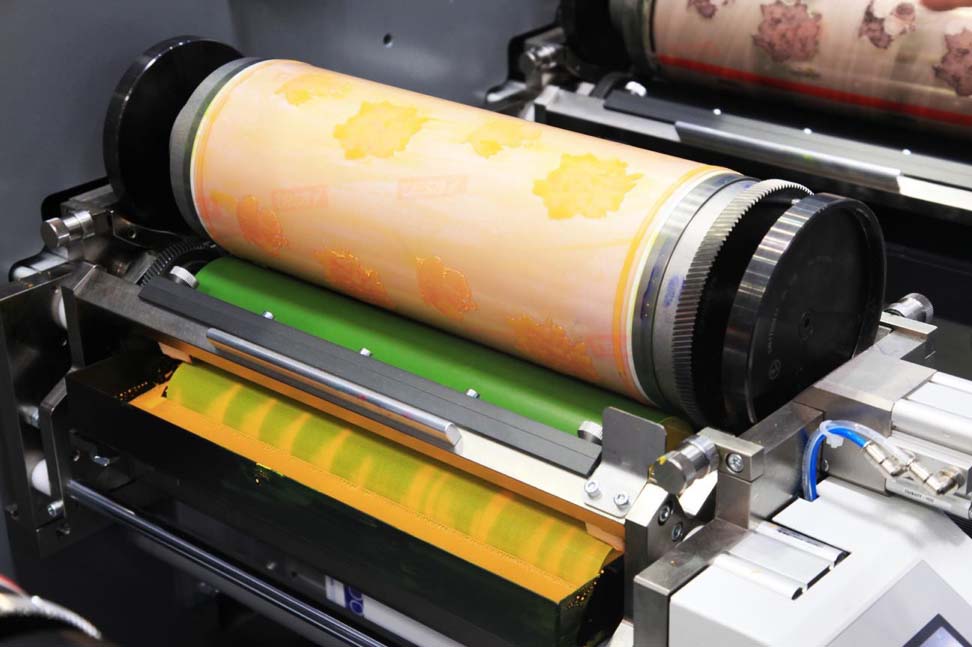The world of flexographic printing is both exciting and challenging. As the industry continues to evolve, addressing the myriad challenges in flexographic printing becomes crucial for professionals and businesses alike. Understanding these challenges can help in devising effective strategies to overcome them and ensure high-quality print outputs.
In this article, we will explore the various challenges faced by the flexographic printing industry and provide insights into potential solutions. Whether you are a printing professional, a business owner, or a marketing expert, understanding these hurdles can help you navigate the complex landscape of flexographic printing successfully.

Understanding Flexographic Printing
Flexographic printing, commonly referred to as flexo, is a popular printing method used for packaging and labels. It utilizes flexible relief plates and is capable of printing on a wide variety of substrates, including plastic, paper, and metallic films. Flexo is known for its efficiency, speed, and versatility, making it a preferred choice in the packaging industry.
The Role of Flexo in Modern Printing
Flexo plays a significant role in modern printing, particularly in the packaging sector. Its ability to print on various materials and its cost-effectiveness make it a go-to method for producing high-volume prints. However, despite its advantages, flexographic printing faces several challenges that need to be addressed for optimal performance.
Major Challenges in Flexographic Printing
Ink Adhesion Issues
One of the primary challenges in flexographic printing is ensuring proper ink adhesion. Factors such as substrate type, ink formulation, and environmental conditions can impact ink adhesion, leading to poor print quality. To address this issue, it is essential to use the right combination of inks and substrates and maintain consistent environmental conditions during the printing process.
For more detailed information on ink adhesion, you can refer to an article on ink adhesion in flexography.
Ink Drying Challenges
Another significant challenge in flexographic printing is ensuring proper ink drying. Inadequate drying can lead to smudging, set-off, and other print defects. It is crucial to select the appropriate drying systems and inks to prevent these issues. The use of advanced drying technologies such as UV and LED can help improve drying efficiency.
To learn more about ink drying systems, visit this ink drying systems in flexo resource.
Environmental Compliance
With increasing emphasis on sustainability and environmental responsibility, flexographic printing must adhere to stringent environmental regulations. This includes managing waste, reducing volatile organic compounds (VOCs), and ensuring the use of eco-friendly materials. Achieving compliance can be challenging but is essential for maintaining a positive brand image and meeting customer expectations.
Explore more about ESG compliance in this ESG compliance in flexo printing article.
Cost Management
Managing costs is a perpetual challenge in the printing industry. From plate production to ink costs and labor expenses, controlling production costs while maintaining quality is critical. Implementing efficient workflow processes and investing in technology can help mitigate some of these cost-related challenges.
Maintaining Print Quality
Achieving consistent print quality is a common challenge in flexographic printing. Variations in ink formulation, substrate quality, and press settings can all impact print outcomes. Regular press maintenance, quality control checks, and operator training are essential to ensure high-quality prints.
Handling Short Run Jobs
With the rise of customized and personalized packaging, handling short-run jobs efficiently has become a significant challenge. Traditional flexographic printing is optimized for long runs, but advancements in digital and hybrid technologies are helping bridge the gap for short-run projects.
Press Downtime
Minimizing press downtime is crucial for maximizing productivity and profitability. Regular maintenance, timely troubleshooting, and investing in reliable equipment are essential strategies to reduce downtime.
Learn more about reducing downtime in flexographic printing by visiting this flexo press downtime reduction resource.
Technological Adaptation
Keeping up with the latest technological advancements is vital for staying competitive in the printing industry. This includes adopting automation, digital printing technologies, and advanced software solutions to enhance efficiency and print quality.
Training and Skill Development
Ensuring that the workforce is adequately trained and skilled is a challenge that directly impacts print quality and productivity. Investing in regular training programs and workshops can help enhance the capabilities of the printing team.
Meeting Customer Expectations
In a competitive market, meeting and exceeding customer expectations is more important than ever. This includes delivering high-quality prints on time, offering competitive pricing, and providing exceptional customer service.
Integration with Digital Technologies
Integrating digital technologies with traditional flexographic printing processes can offer numerous benefits, such as increased flexibility, reduced setup times, and enhanced print capabilities. However, this integration requires careful planning and investment.
Sustainability Initiatives
Sustainability is a growing concern for consumers and businesses alike. Implementing sustainable practices, such as using eco-friendly inks and substrates, reducing waste, and optimizing energy consumption, is essential for a sustainable future in printing.
For more on the role of flexo in sustainability, check out this flexo printing article.
Innovation in Packaging
Flexographic printing continues to play a vital role in the packaging industry. Innovations such as smart packaging, interactive labels, and augmented reality features are shaping the future of packaging and presenting new opportunities for flexographic printing.
For insights into the luxury packaging sector, visit this flexo in luxury packaging article.

FAQs
What are the main advantages of flexographic printing?
Flexographic printing is known for its speed, versatility, and cost-effectiveness. It can print on a variety of substrates and is ideal for high-volume production runs.
How can I ensure consistent print quality in flexographic printing?
Maintaining consistent print quality requires regular press maintenance, quality control checks, and proper training for operators. Using high-quality inks and substrates also plays a crucial role.
What steps can be taken to improve ink adhesion?
Improving ink adhesion involves selecting the right combination of inks and substrates, maintaining proper environmental conditions, and utilizing appropriate treatments such as corona treatment.
For more insights on flexographic printing and its challenges, visit the Wikipedia page on Flexography.






